Was Marble Hard to Use in the Roman Empire?

Marble is synonymous with the grandeur and luxury of the Roman Empire. From opulent palaces and grand temples to intricate statues and mosaics, marble was a material that symbolized the power and wealth of Rome. But was it easy for the Romans to work with marble? The truth is that while marble offered unmatched beauty and durability, it presented significant challenges to the builders and artisans of the ancient world.
In this article, we’ll explore the complexities and ingenuity behind Roman marble construction, uncovering how the Romans overcame the challenges of using this prized material.
1. Sourcing Marble: A Lengthy and Labor-Intensive Process
One of the biggest challenges for the Romans was sourcing marble. Unlike local stones, marble was often quarried from distant regions, such as Carrara in northern Italy or the Greek island of Paros. The process of extracting marble from these quarries was labor-intensive and required specialized skills.
- Quarrying Marble: Ancient Romans employed manual labor and basic tools like iron chisels, wooden wedges, and ropes to extract large blocks of marble from quarries. This was a slow and physically demanding process.
- Transportation: Once extracted, marble blocks had to be transported over long distances, often by boat or on wheeled carts pulled by oxen. This added considerable time and expense to any marble construction project.
Despite the challenges of sourcing and transporting marble, the Romans’ determination to use this luxurious material in their public buildings and monuments was unwavering.
Famous Roman Marble Quarries:
- Carrara Marble Quarries: Located in Tuscany, Italy, and a primary source of white marble for Roman architects.
- Paros Marble: A fine-grained Greek marble used extensively in Roman sculptures and temples.
2. Working with Marble: Craftsmanship and Innovation
Once marble arrived at a construction site, it required careful shaping and polishing to bring out its natural beauty. Marble carving in ancient Rome was an art form that required precision and craftsmanship.
- Carving Techniques: Roman sculptors and builders used a variety of tools, including chisels, hammers, and rasps, to shape marble into columns, statues, and architectural details. This was a time-consuming process that demanded a high level of skill.
- Polishing: After carving, marble surfaces were polished using abrasives like sand or pumice to achieve a smooth, glossy finish. This added to the labor-intensive nature of working with marble.
The process of working with marble required incredible attention to detail, but the end result was worth the effort. Roman buildings adorned with marble columns, statues, and floors became symbols of the empire's grandeur and artistic achievement.
3. Challenges in Construction: Durability and Maintenance
While marble is prized for its beauty, it posed challenges in terms of durability and maintenance. In the Roman Empire, buildings and monuments made from marble were subject to wear and tear from the elements, especially in outdoor settings.
- Weathering: Over time, marble exposed to the elements could weather and erode, requiring regular maintenance to preserve its appearance.
- Cracking: Large slabs of marble used for flooring or walls were prone to cracking if not carefully supported or installed, necessitating precision in construction techniques.
Despite these challenges, the Romans developed innovative methods for maintaining their marble structures, ensuring that many of these buildings and monuments still stand today. Roman engineering solutions, such as the use of travertine for foundational support and the clever use of mortars, helped preserve the integrity of marble in their constructions.
4. The Romans’ Ingenuity with Marble
Despite the difficulties of working with marble, the Romans were incredibly resourceful. Their innovative use of marble in architecture and design was revolutionary for its time. Here are some ways they cleverly incorporated marble into their structures:
- Marble Veneers: Instead of using solid marble blocks for every element of a building, the Romans often used marble veneers (thin sheets of marble) over less expensive materials like brick or concrete. This created the appearance of solid marble while reducing costs and the structural challenges associated with heavy marble slabs.
- Mosaics: The Romans also mastered the art of marble mosaics, using small pieces of marble to create intricate patterns and images in floors and walls. These mosaics were easier to install and maintain than large slabs of marble.
5. The Legacy of Roman Marble
Today, many of the marble structures built by the Romans still stand, testament to their engineering genius and artistic mastery. From the grandeur of the Pantheon to the intricate statues that line Roman museums, marble continues to symbolize the elegance and durability of the Roman Empire.
- The Pantheon: Known for its marble columns and floors, the Pantheon remains one of the most iconic examples of Roman marble architecture.
- Roman Statues: The detailed marble sculptures created by Roman artisans have become timeless masterpieces, inspiring countless generations of artists.
The Romans may have faced challenges in working with marble, but their legacy has cemented marble’s place as one of the most desirable materials in modern design.
Conclusion: Overcoming the Challenges of Marble
The Romans’ use of marble was both a feat of engineering and a symbol of their artistic prowess. Despite the challenges posed by quarrying, transporting, and working with this precious material, the Roman Empire left behind a legacy of marble monuments and buildings that have stood the test of time.
The ingenuity of the Romans in overcoming these difficulties speaks to the lasting value of marble as a building material. Today, when we use marble in our homes—whether for marble countertops, floors, or walls—we are continuing a tradition that stretches back thousands of years.

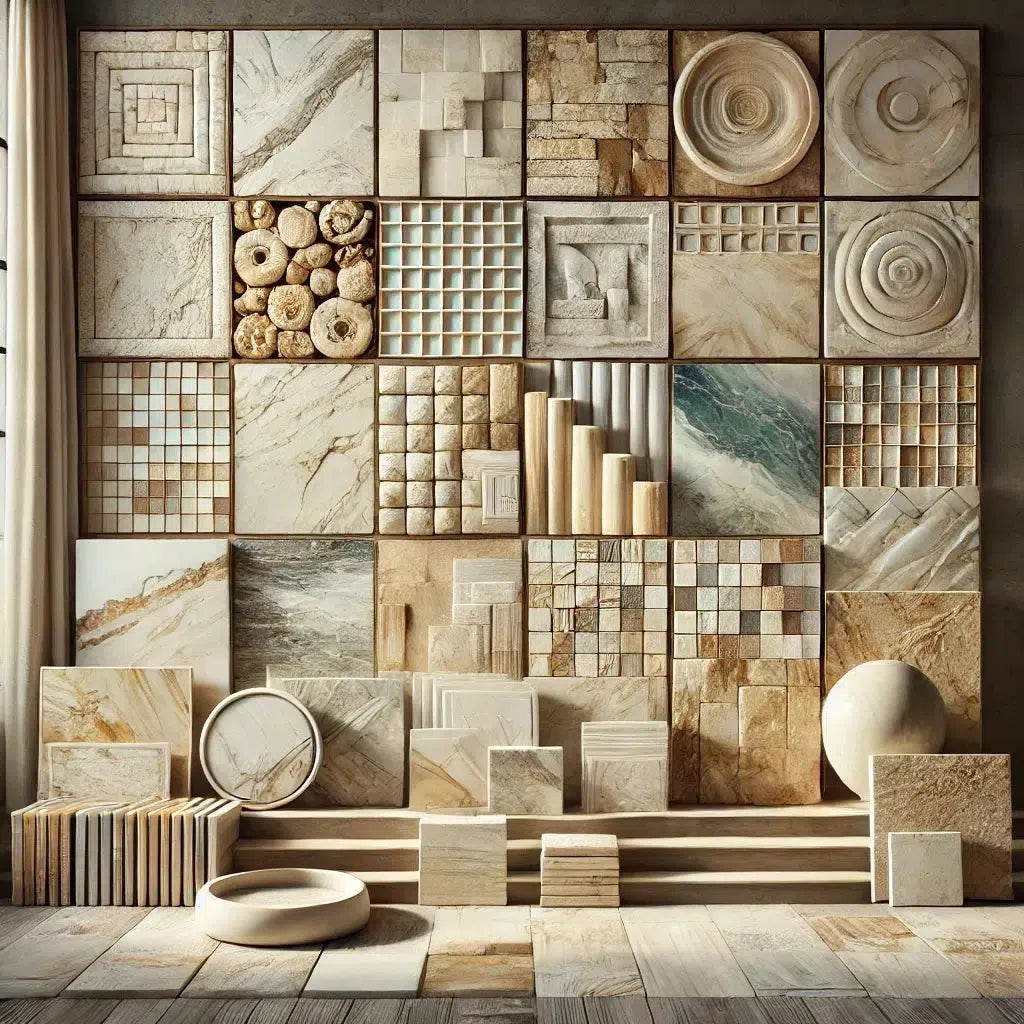 Best Selling Marble Collections
Best Selling Marble Collections
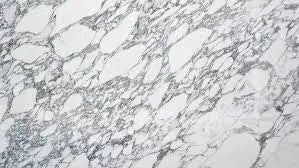 Arabescato Corchia
Arabescato Corchia Bardiglio
Bardiglio Bianco Dolomite
Bianco Dolomite  Carrara White
Carrara White  Calacatta Gold
Calacatta Gold Crema Marfil
Crema Marfil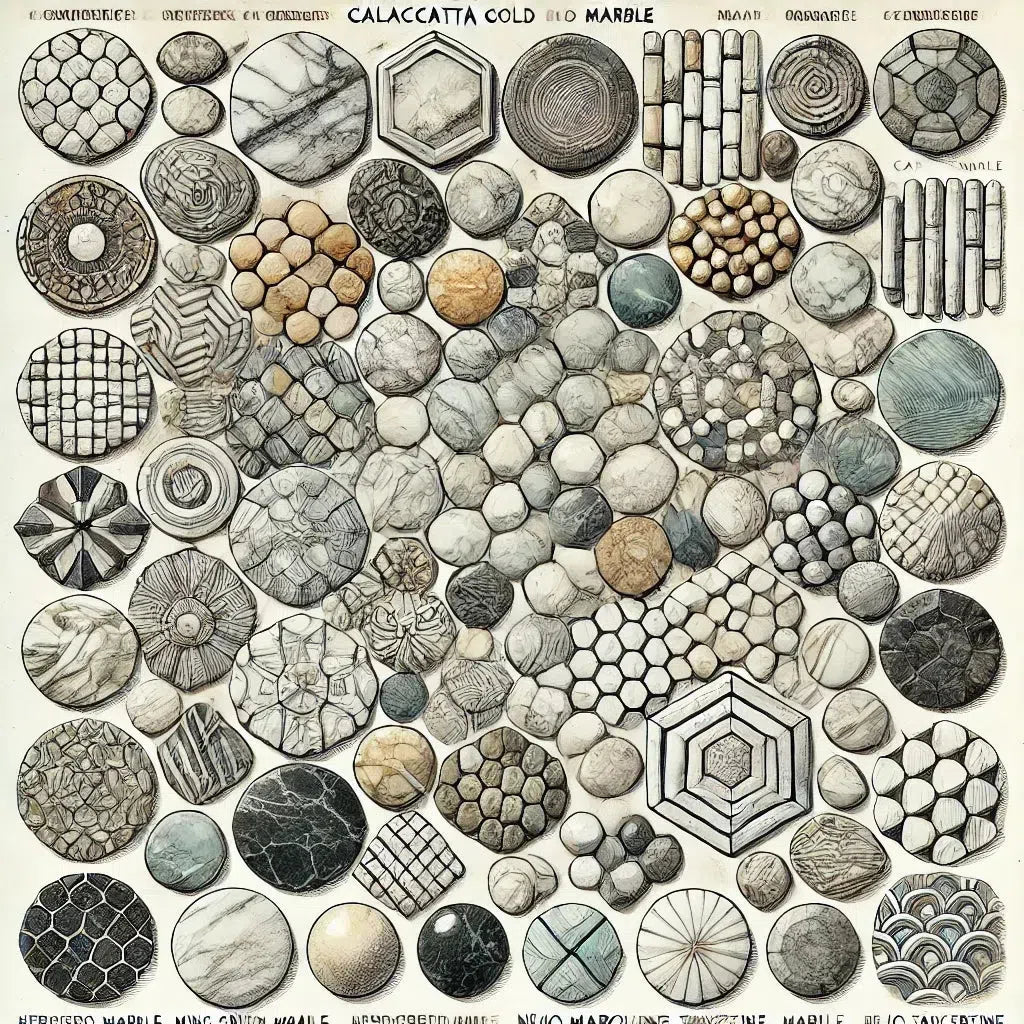 Custom Made Mosaic
Custom Made Mosaic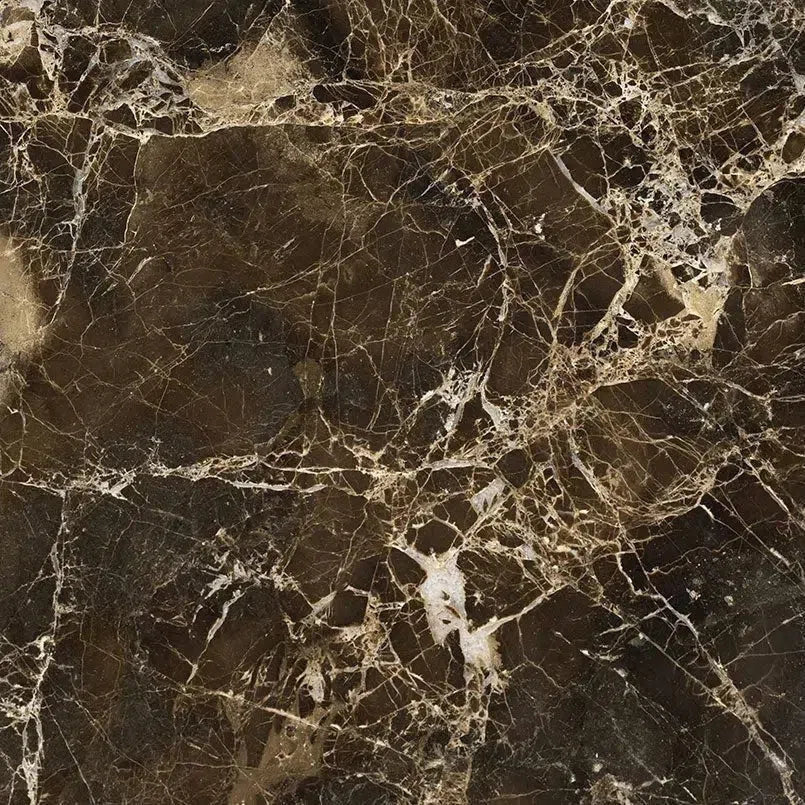 Emperador Dark
Emperador Dark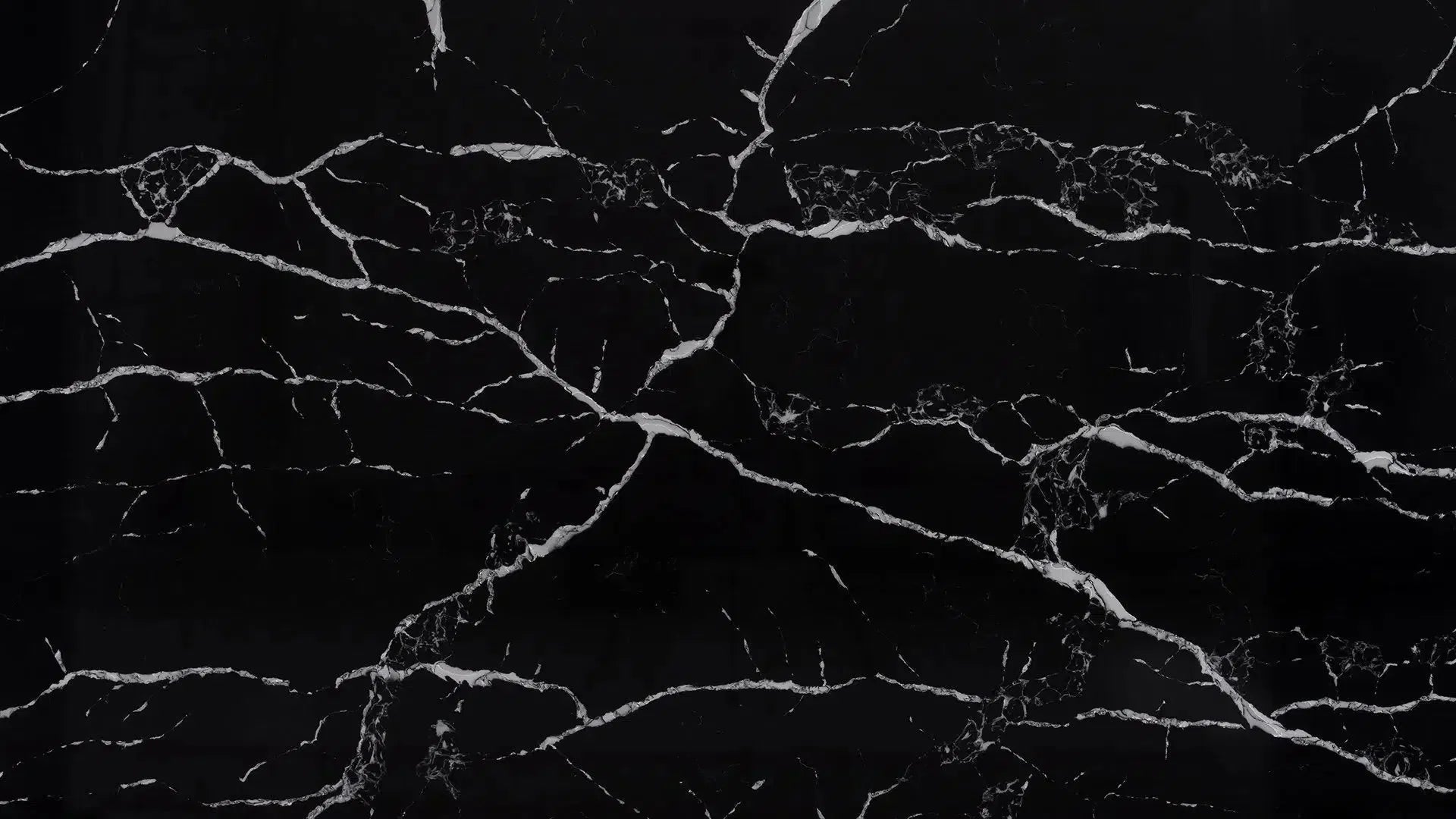 Nero Marquina
Nero Marquina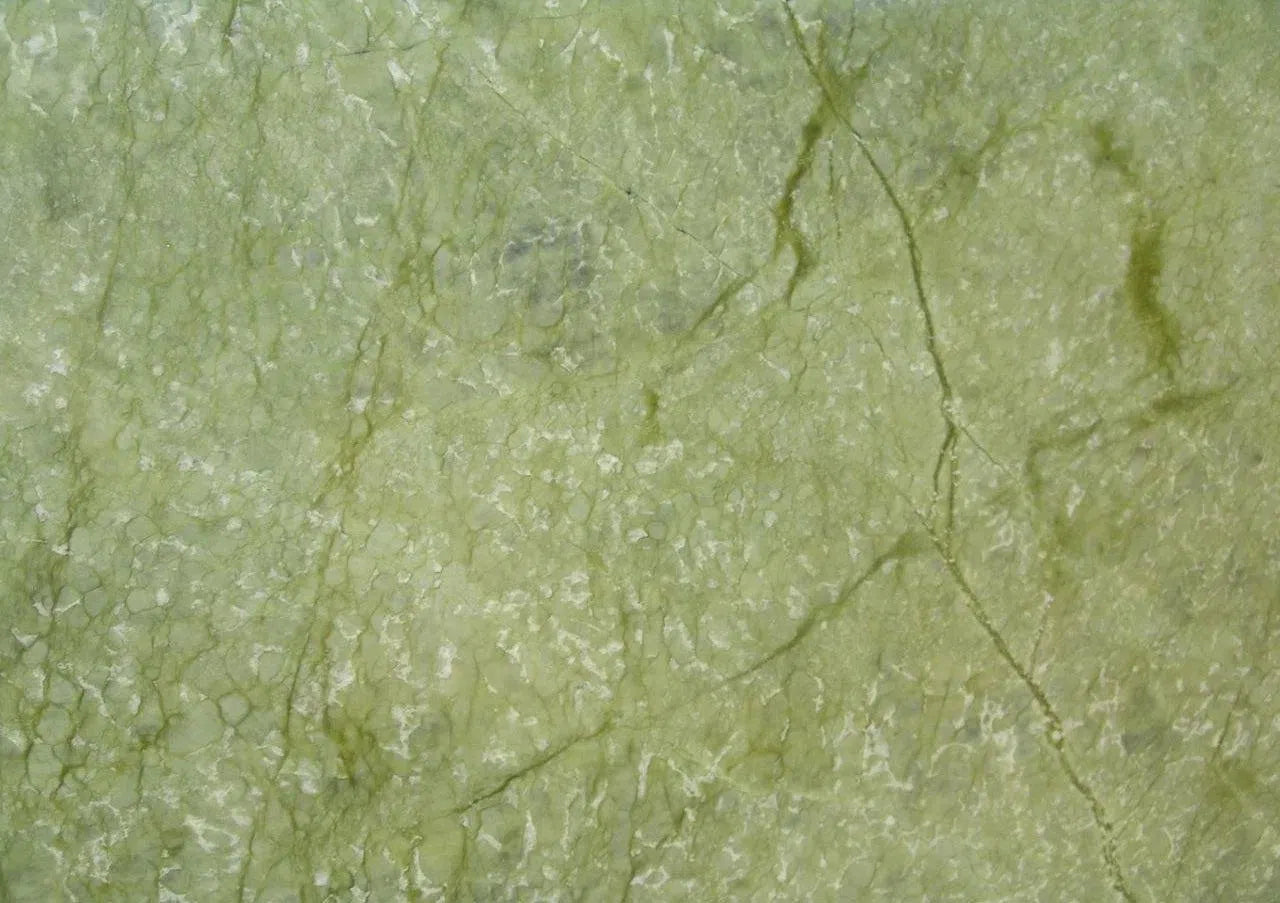 Ming Green Marble
Ming Green Marble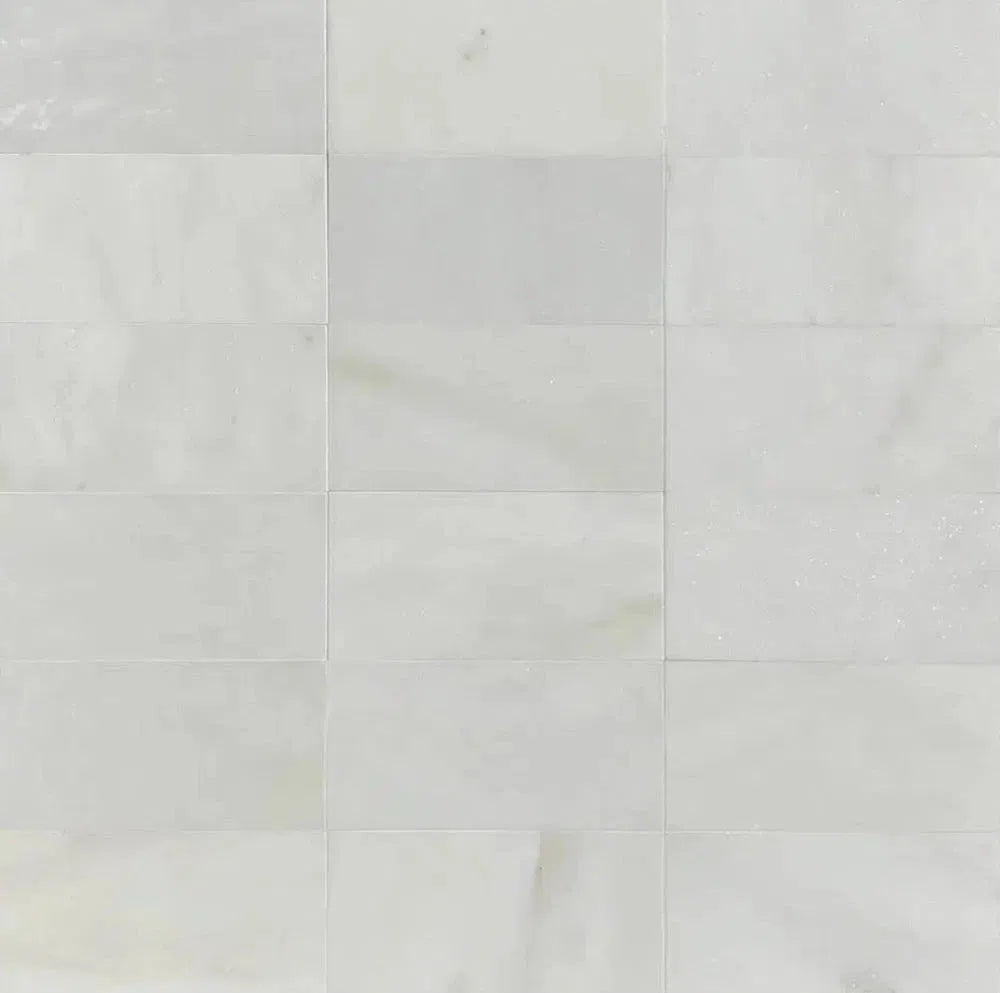 Oriental White Marble (Asian Statuary Marble)
Oriental White Marble (Asian Statuary Marble) Statuary - Statuario White (Italian) Marble
Statuary - Statuario White (Italian) Marble Thassos White
Thassos White White Pearl/Botticino Beige Marble
White Pearl/Botticino Beige Marble Best Selling Travertine Collections
Best Selling Travertine Collections
 Ivory Travertine
Ivory Travertine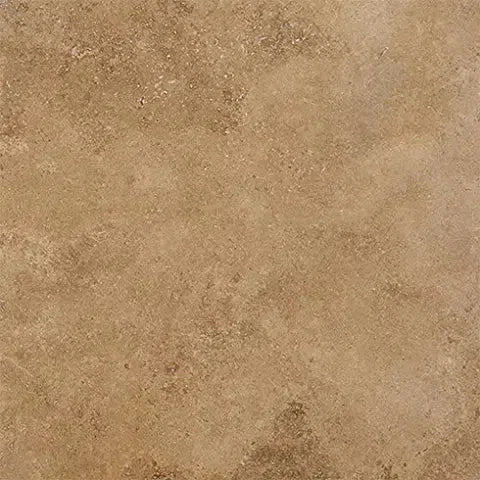 Noce Travertine
Noce Travertine Exotic Noce Travertine
Exotic Noce Travertine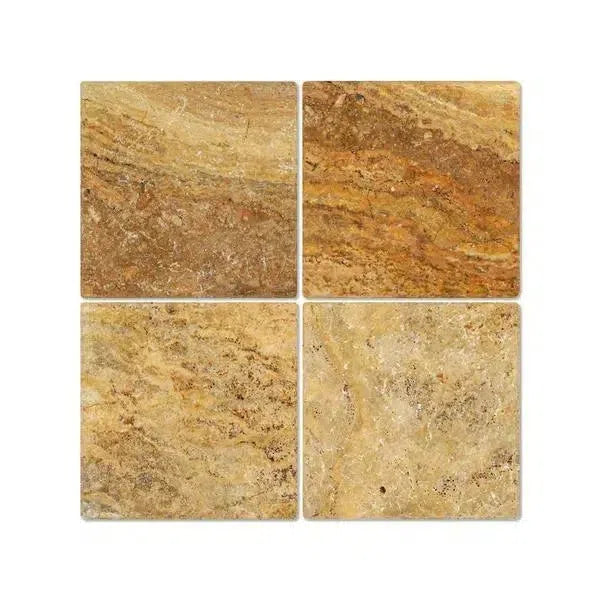 Scabos | Autumn Leaves Travertine
Scabos | Autumn Leaves Travertine Silver Travertine
Silver Travertine Exotic Travertine
Exotic Travertine Checkerboard
Checkerboard
 Patterned Tile
Patterned Tile
 Shop By Material
Shop By Material
 Travertine
Travertine Marble
Marble Limestone
Limestone Soap Stone
Soap Stone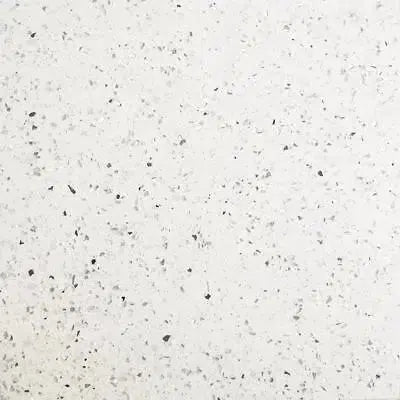 Quartz
Quartz Granite
Granite Shop By Name
Shop By Name
 Absolute Black Granite
Absolute Black Granite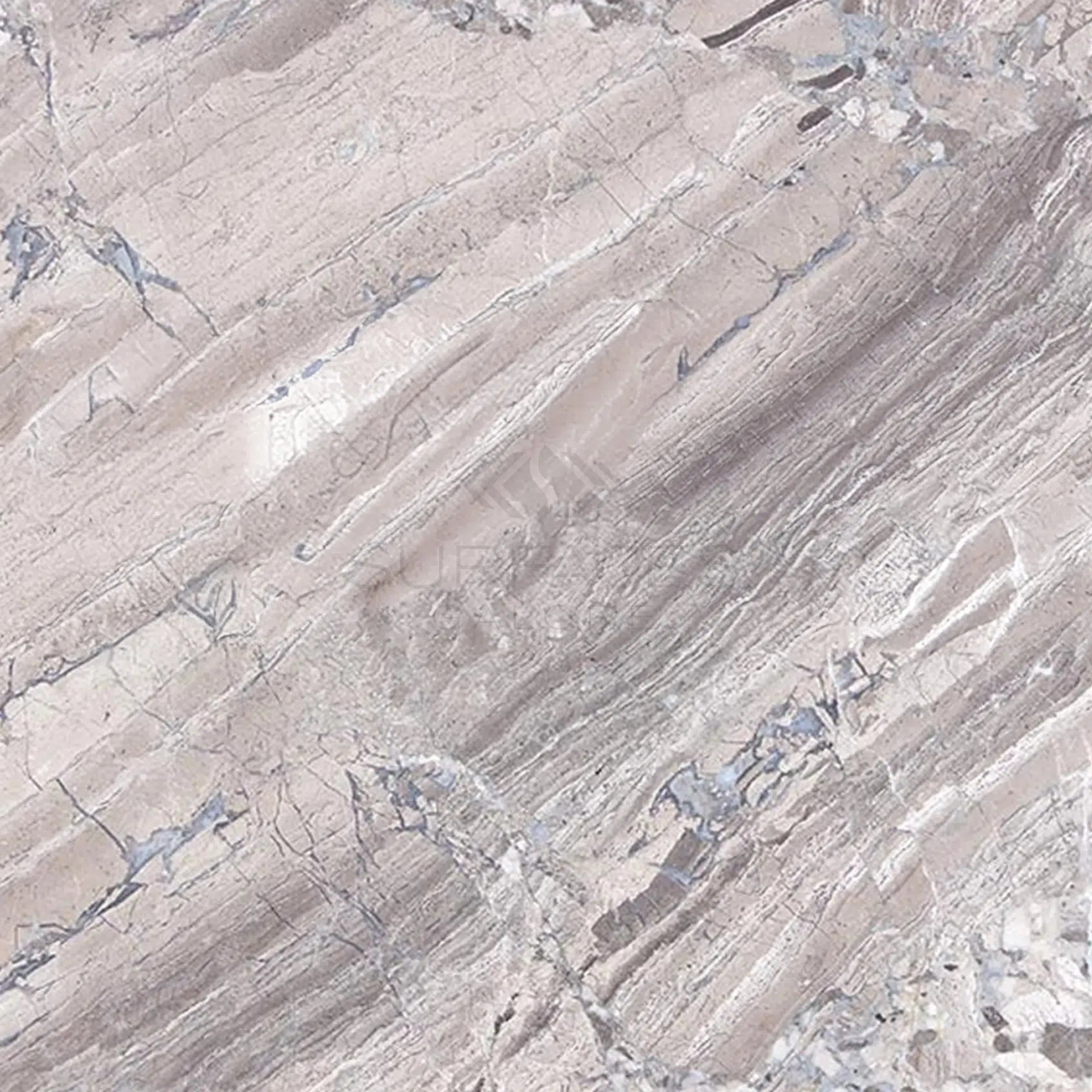 Atlantic Gray Marble
Atlantic Gray Marble Antico Onyx Travertine
Antico Onyx Travertine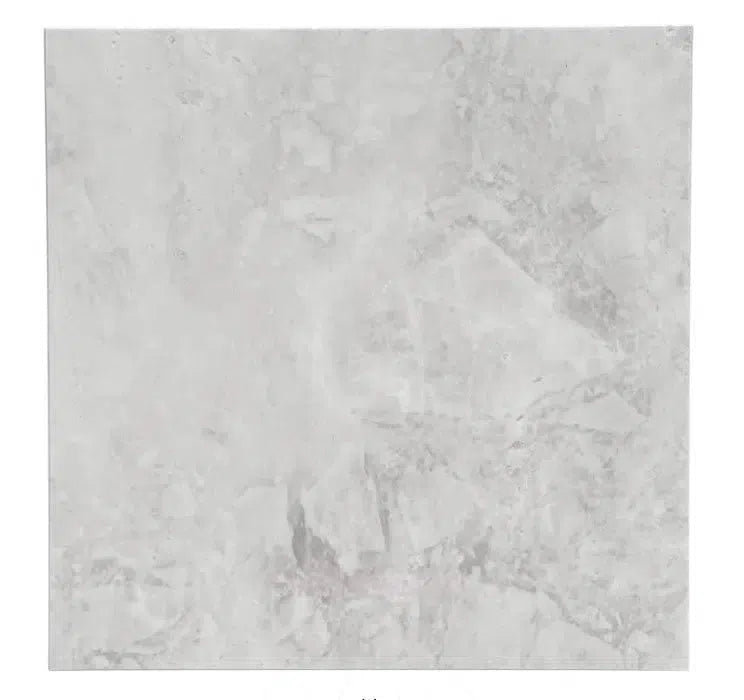 Bianco Congelato Dolomite
Bianco Congelato Dolomite Bianco Venatino (Bianco Mare) Marble
Bianco Venatino (Bianco Mare) Marble Calacatta Oliva Marble
Calacatta Oliva Marble Cappuccino Marble
Cappuccino Marble Diano Royal (Queen Beige) Marble
Diano Royal (Queen Beige) Marble Durango Cream Traverine
Durango Cream Traverine Emperador Light Marble
Emperador Light Marble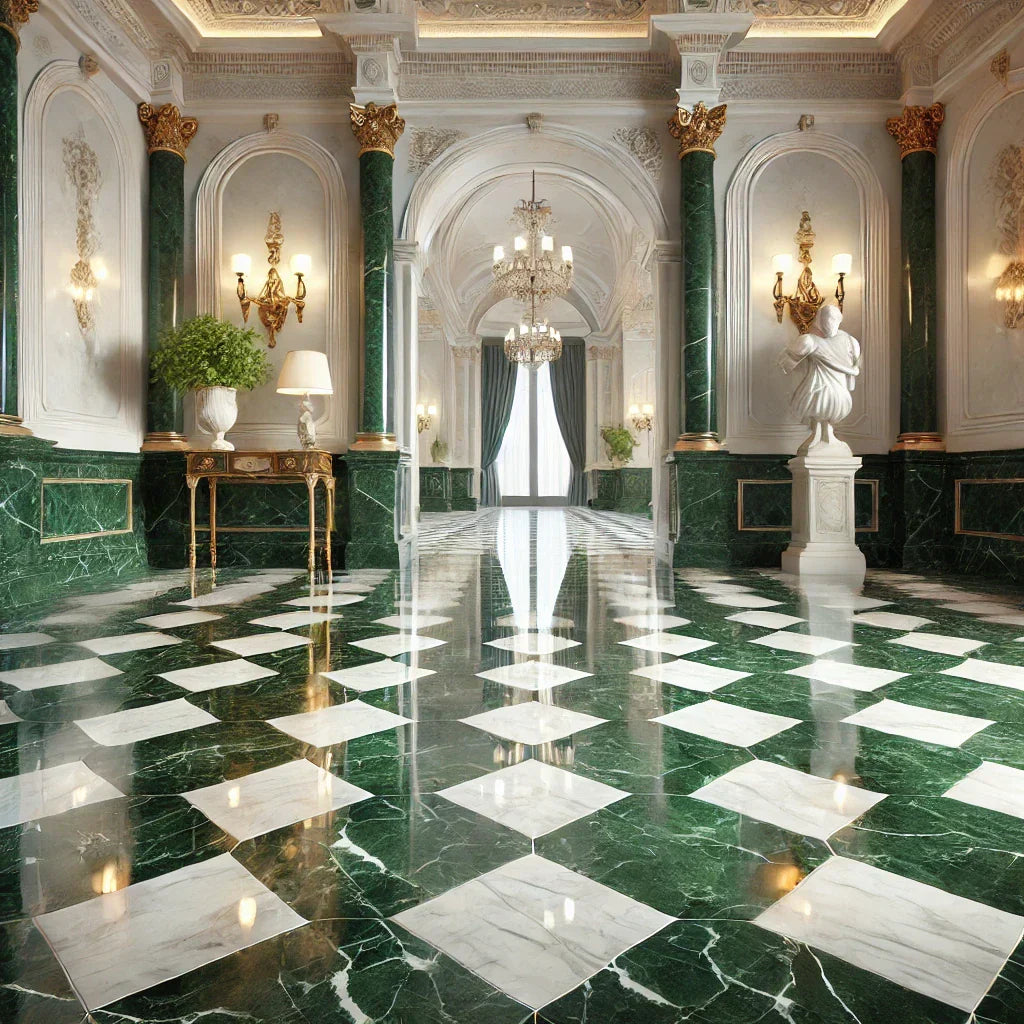 Empress Green Marble
Empress Green Marble Gold/Yellow Travertine
Gold/Yellow Travertine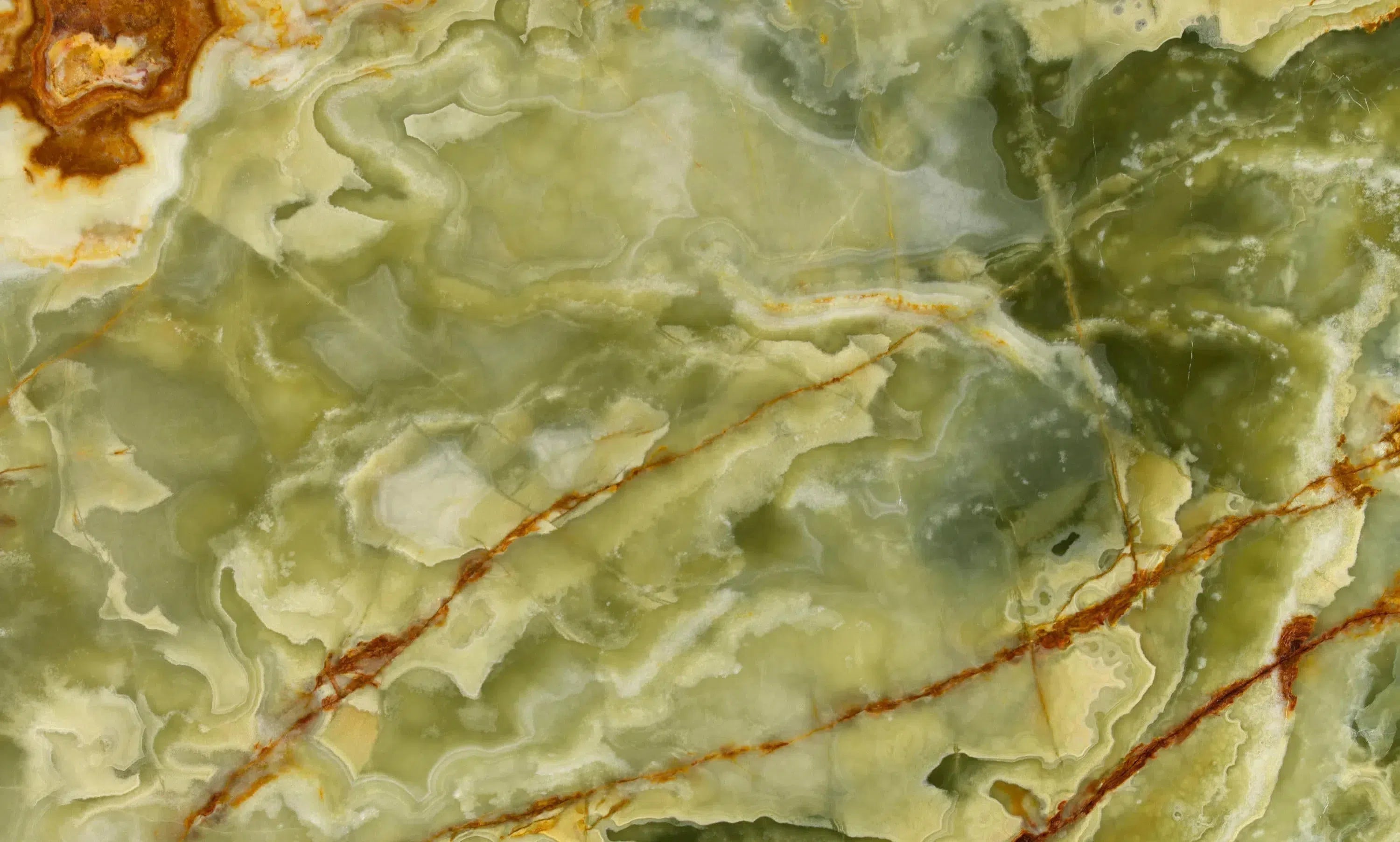 Green Onyx Marble
Green Onyx Marble Haisa Light (White Wood) Limestone
Haisa Light (White Wood) Limestone Honey Onyx Marble
Honey Onyx Marble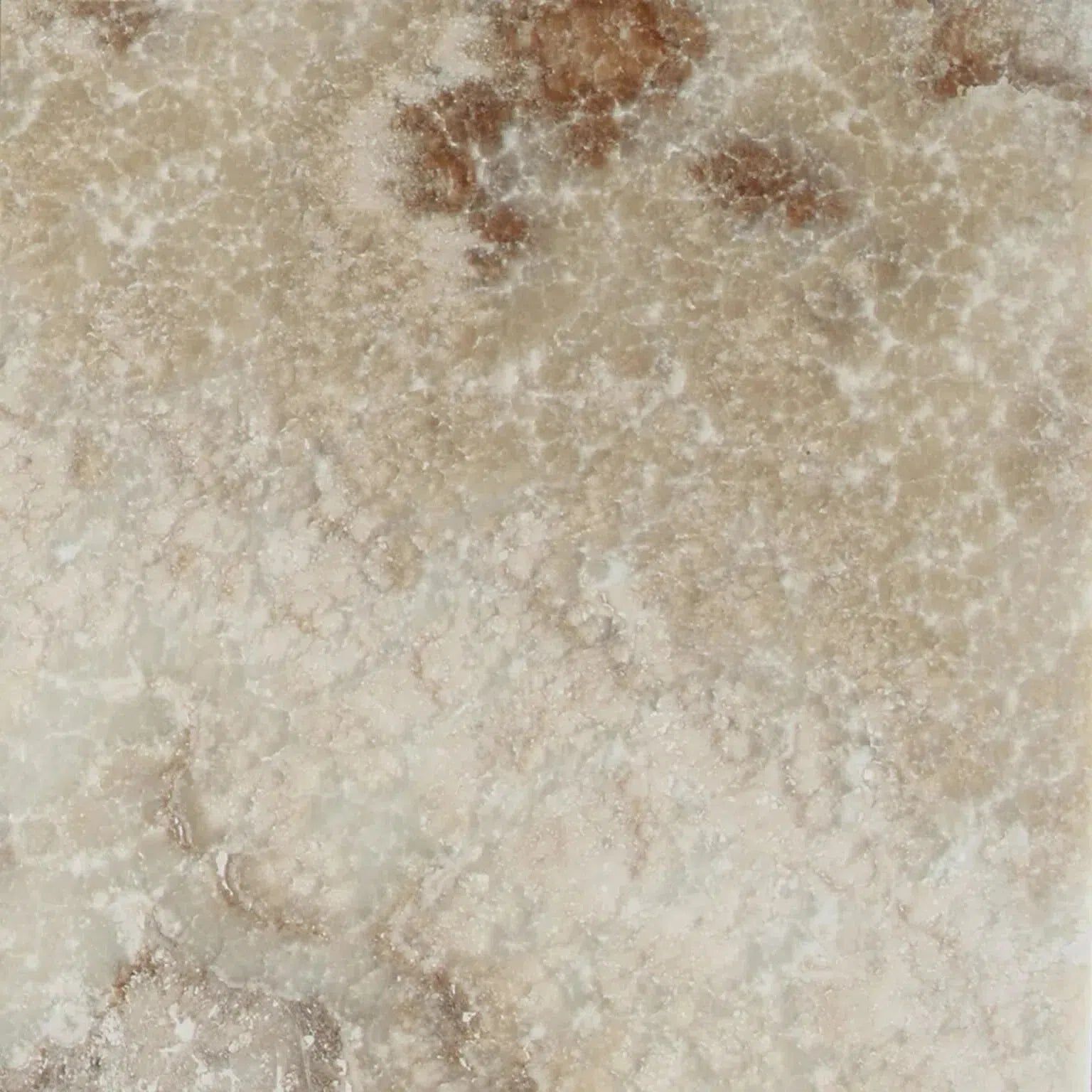 La Travonya Travertine
La Travonya Travertine Malibu Travertine
Malibu Travertine Mink (Equator) Marble
Mink (Equator) Marble Mixed (Ivory-Noce-Gold) Travertine
Mixed (Ivory-Noce-Gold) Travertine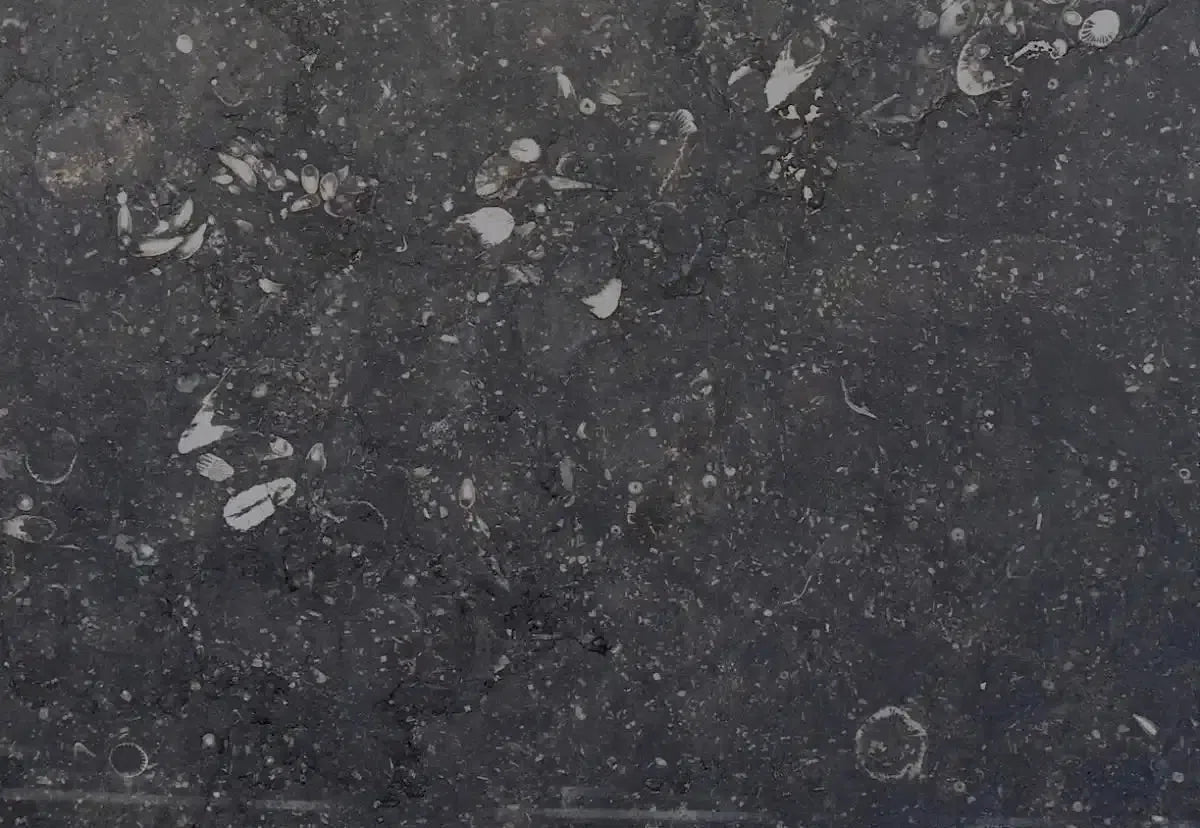 Pierre Bleue (Pierre Blue) Marble
Pierre Bleue (Pierre Blue) Marble Philadelphia Travertine
Philadelphia Travertine Rosé Aurora Marble
Rosé Aurora Marble Rosso Levanto Marble
Rosso Levanto Marble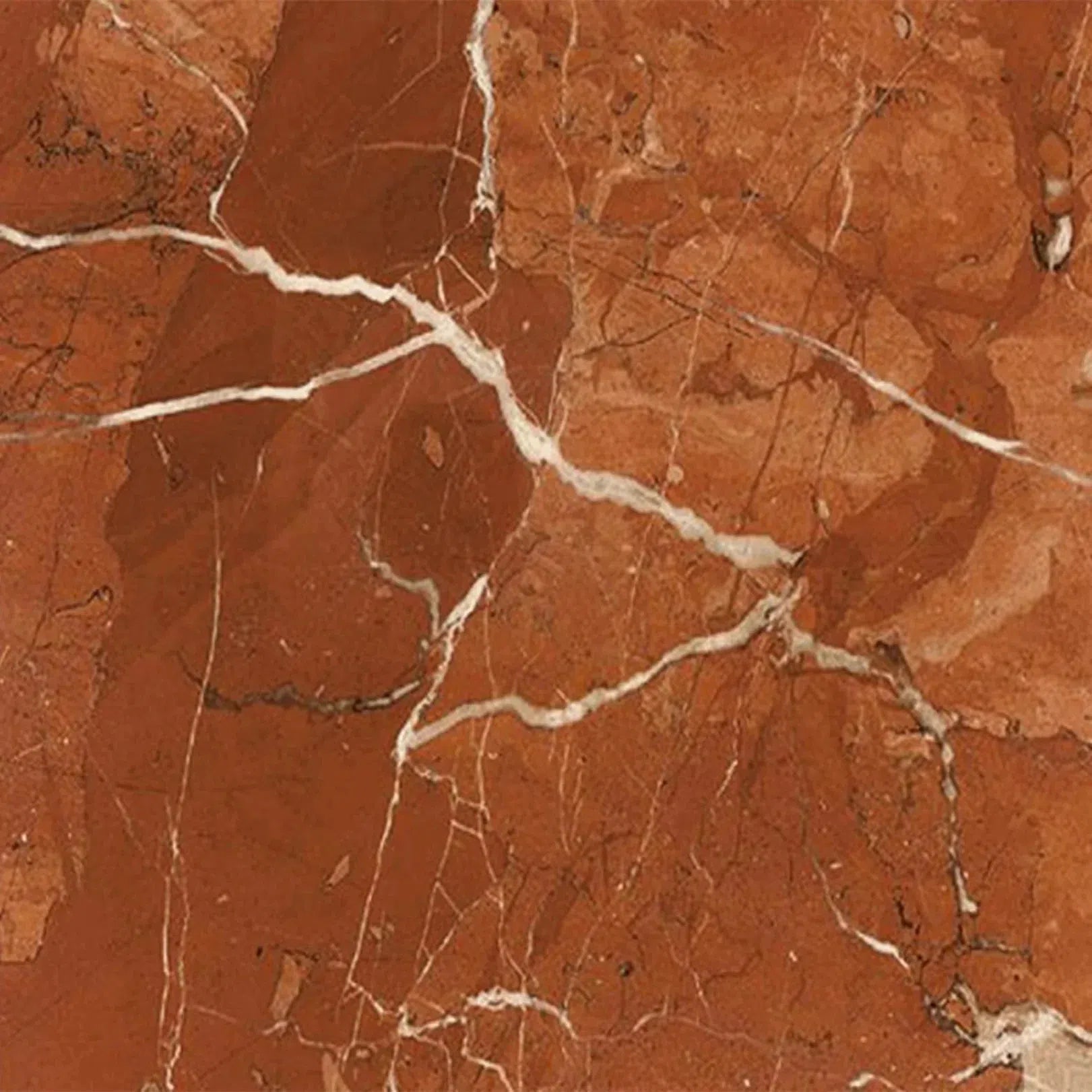 Rojo Alicante Marble
Rojo Alicante Marble Sky Blue | Azul Cielo Marble
Sky Blue | Azul Cielo Marble Snow White (Afyon White) Marble
Snow White (Afyon White) Marble Spanish Mix Marble
Spanish Mix Marble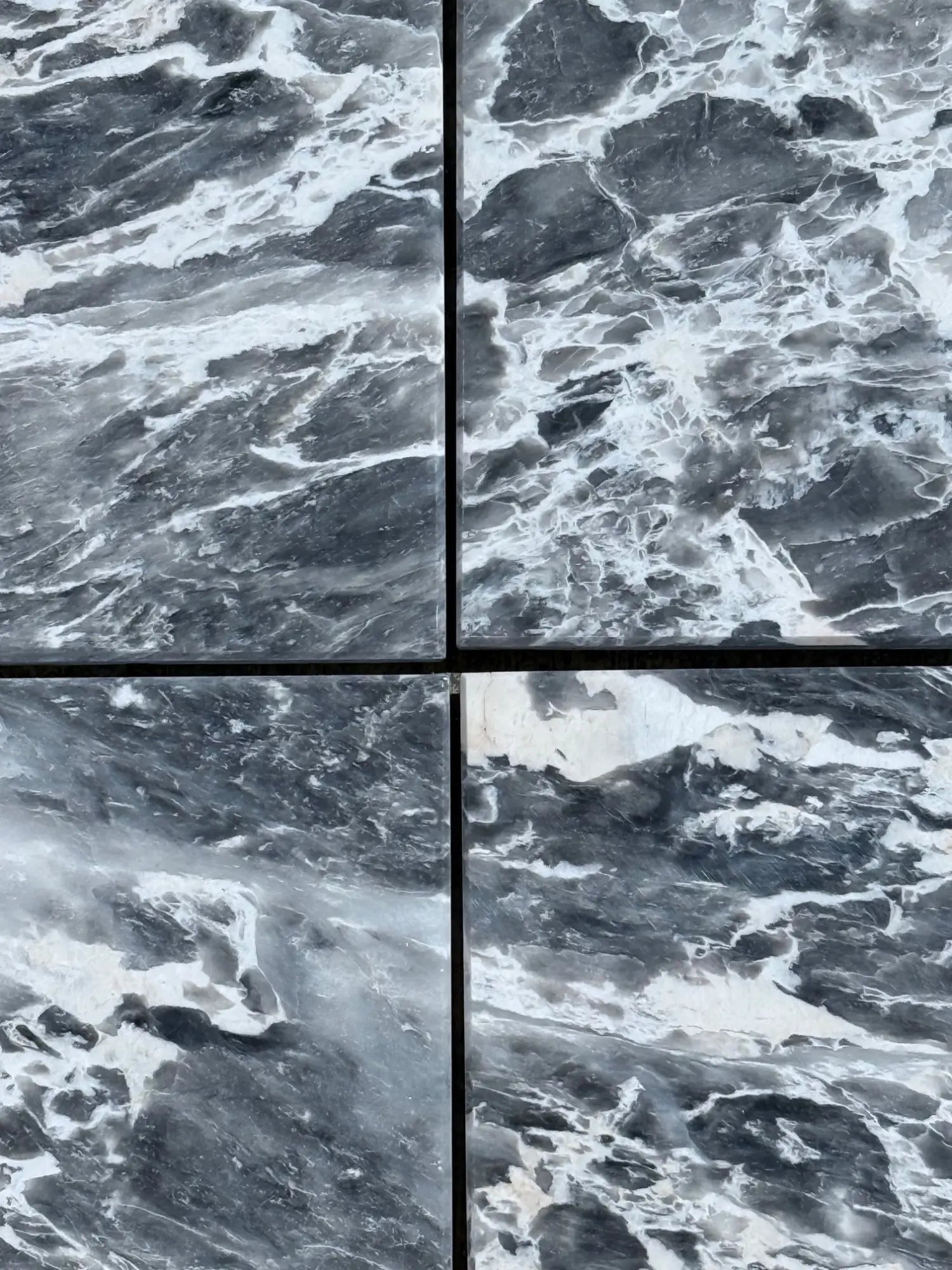 Storm Gray Marble
Storm Gray Marble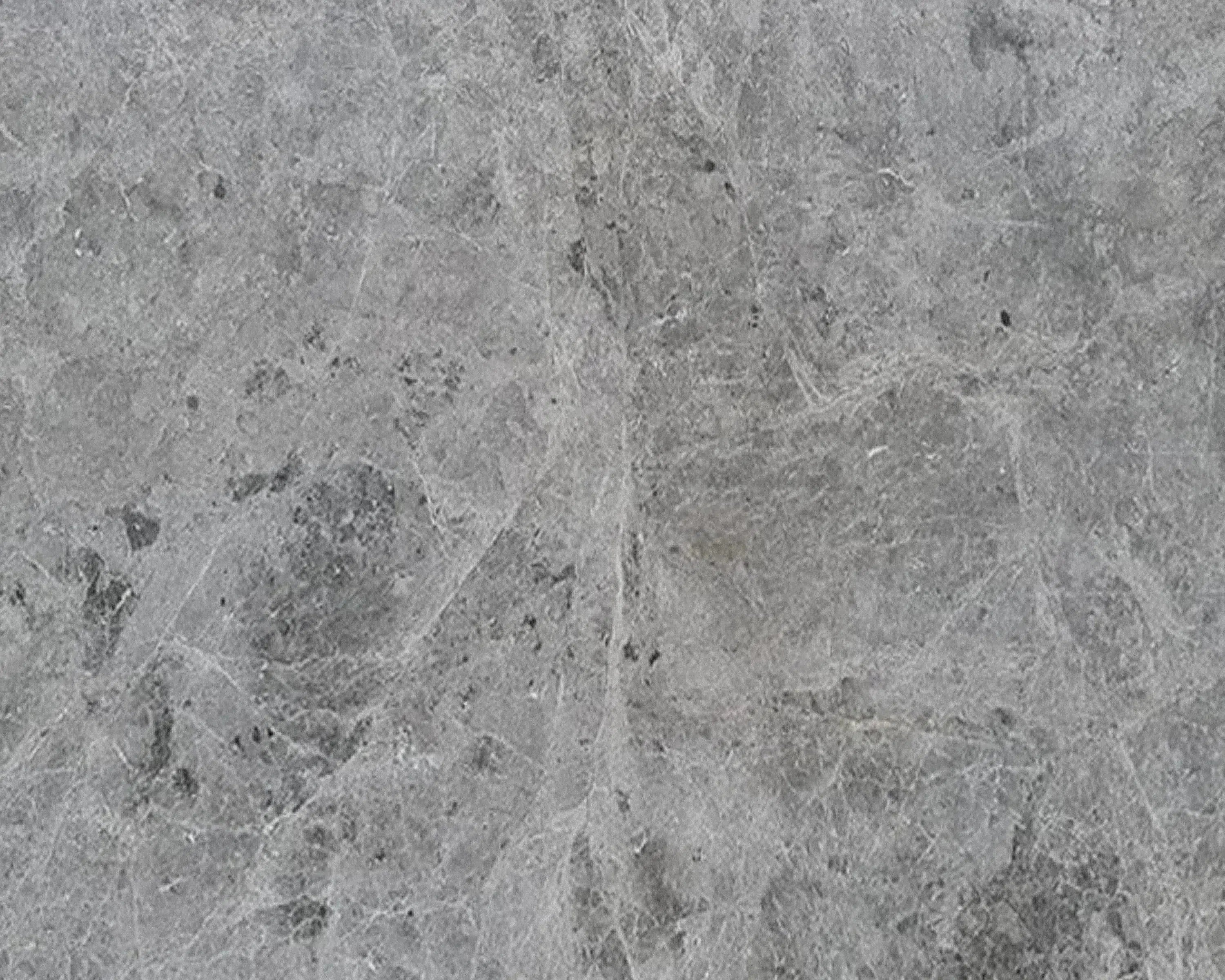 Tundra Gray (Atlantic Gray) Marble
Tundra Gray (Atlantic Gray) Marble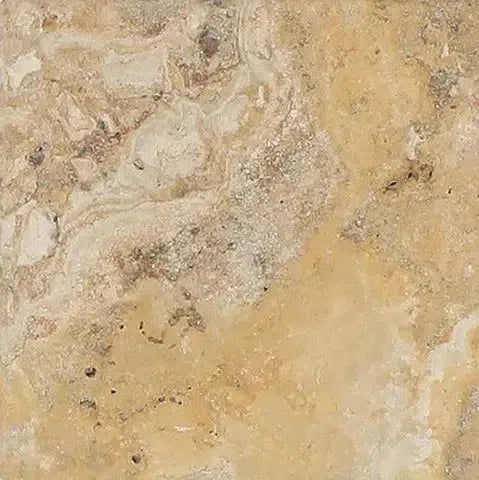 Valencia Travertine
Valencia Travertine Valerenga Travertine
Valerenga Travertine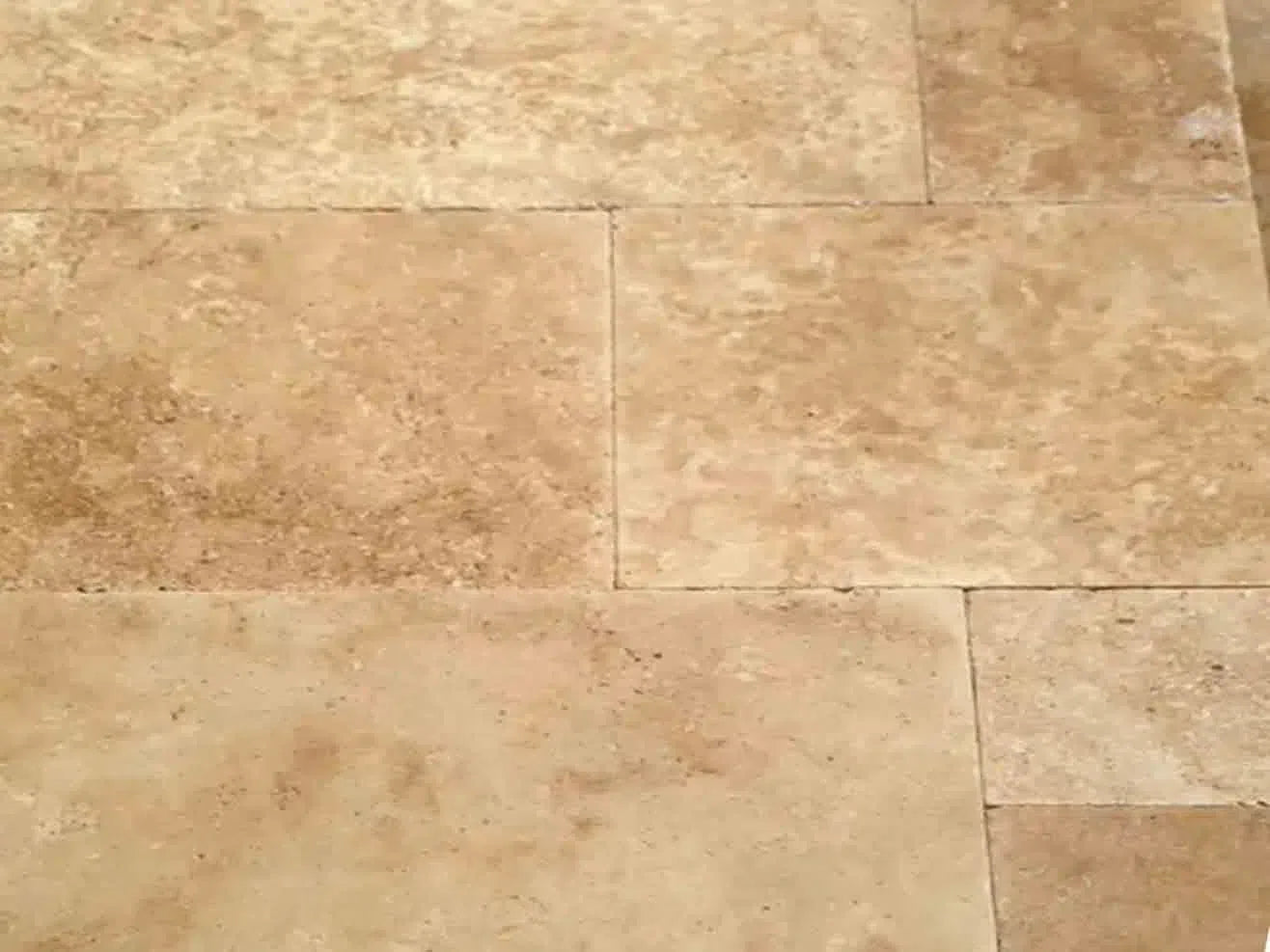 Walnut Travertine
Walnut Travertine White Onyx Marble
White Onyx Marble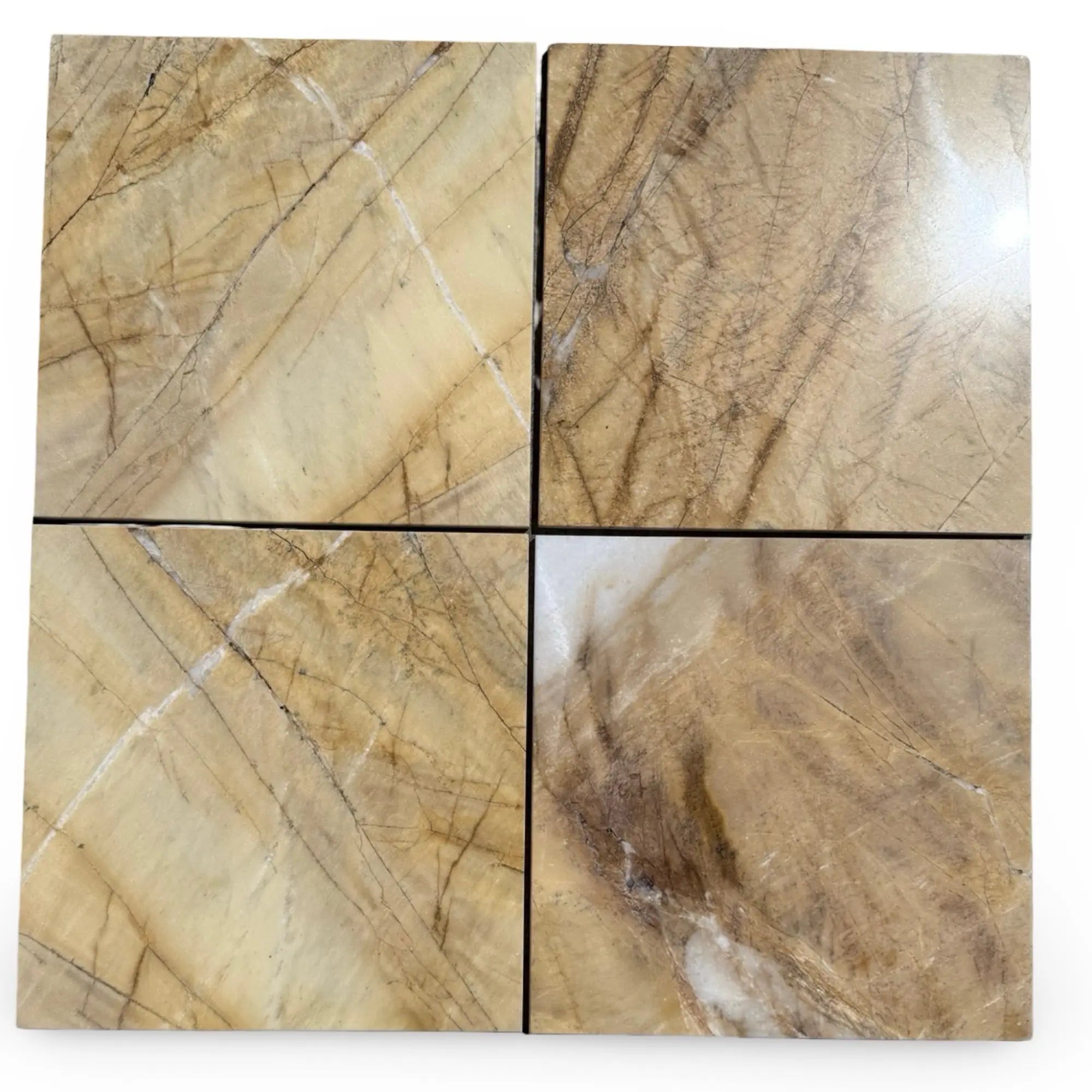 Golden Horizon Marble
Golden Horizon Marble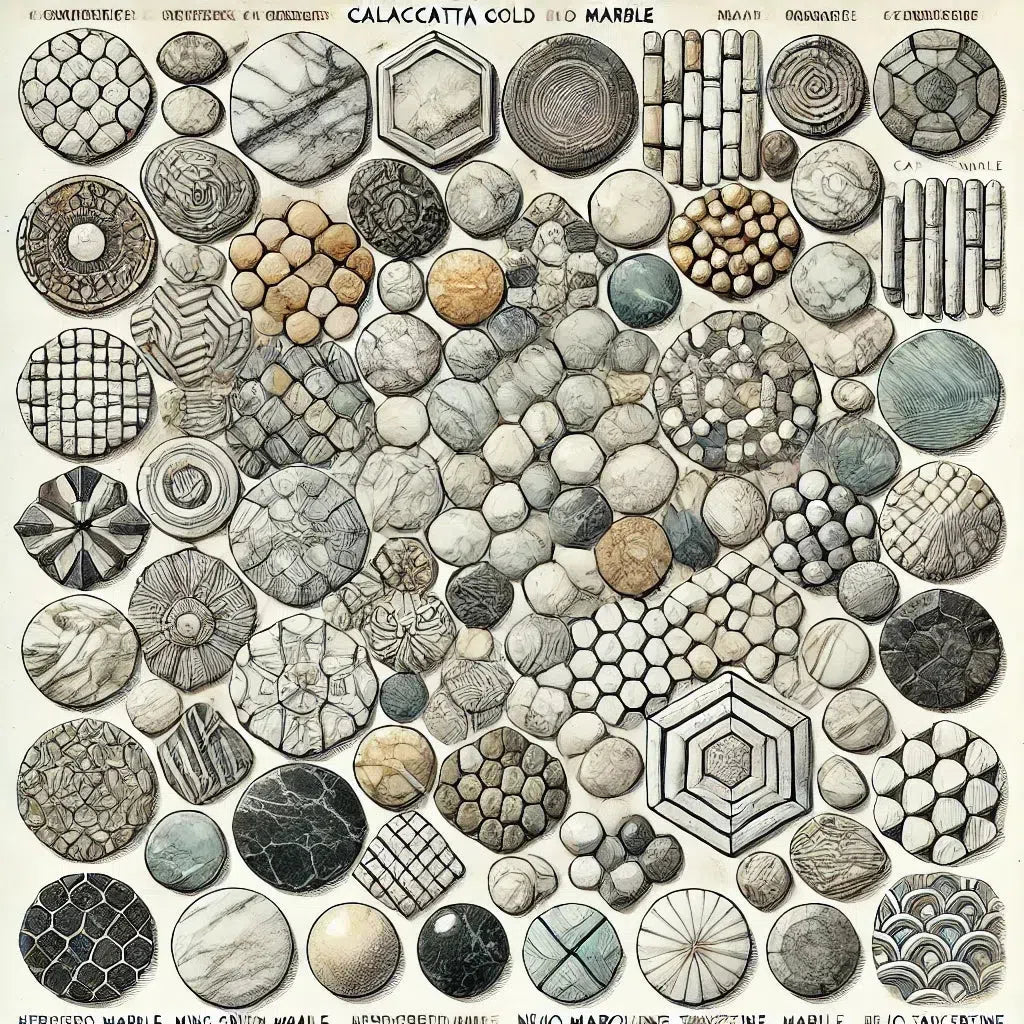 Shop By Type
Shop By Type
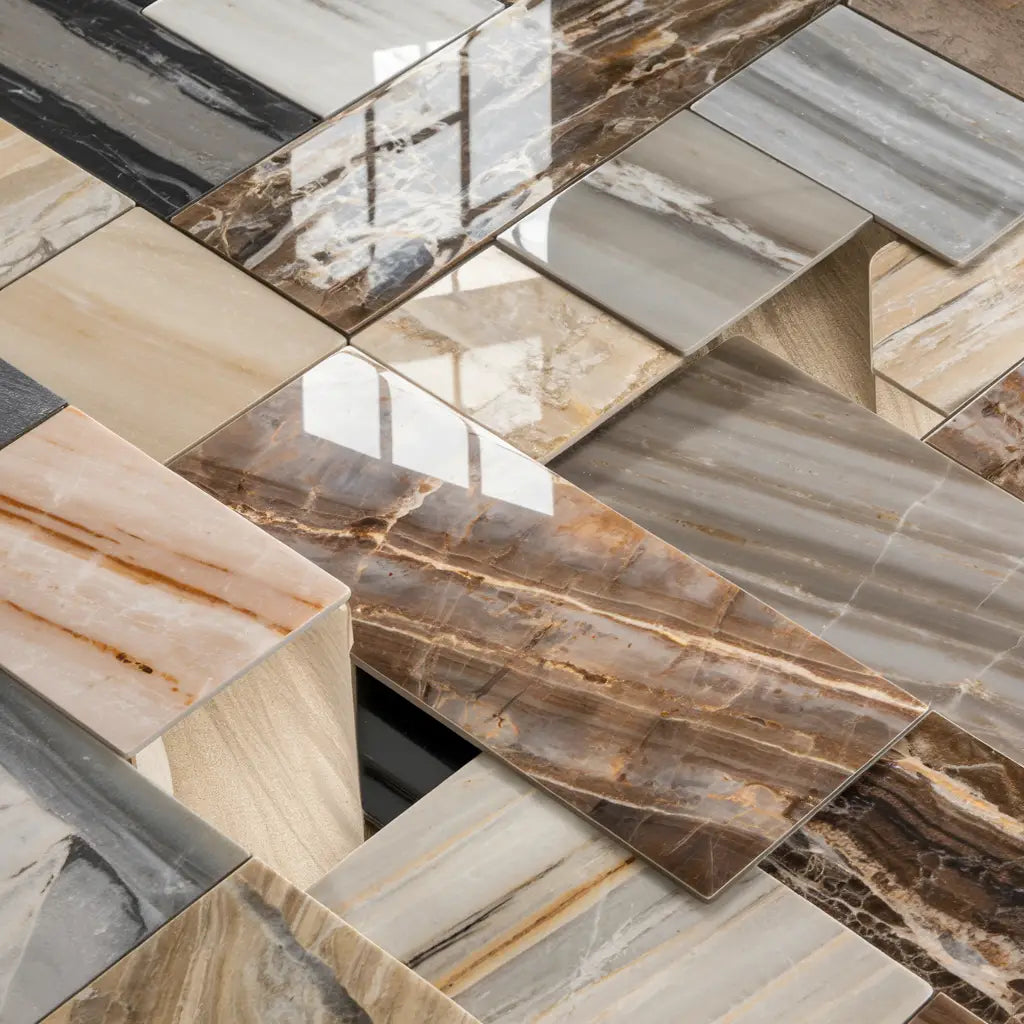 Marble Tiles
Marble Tiles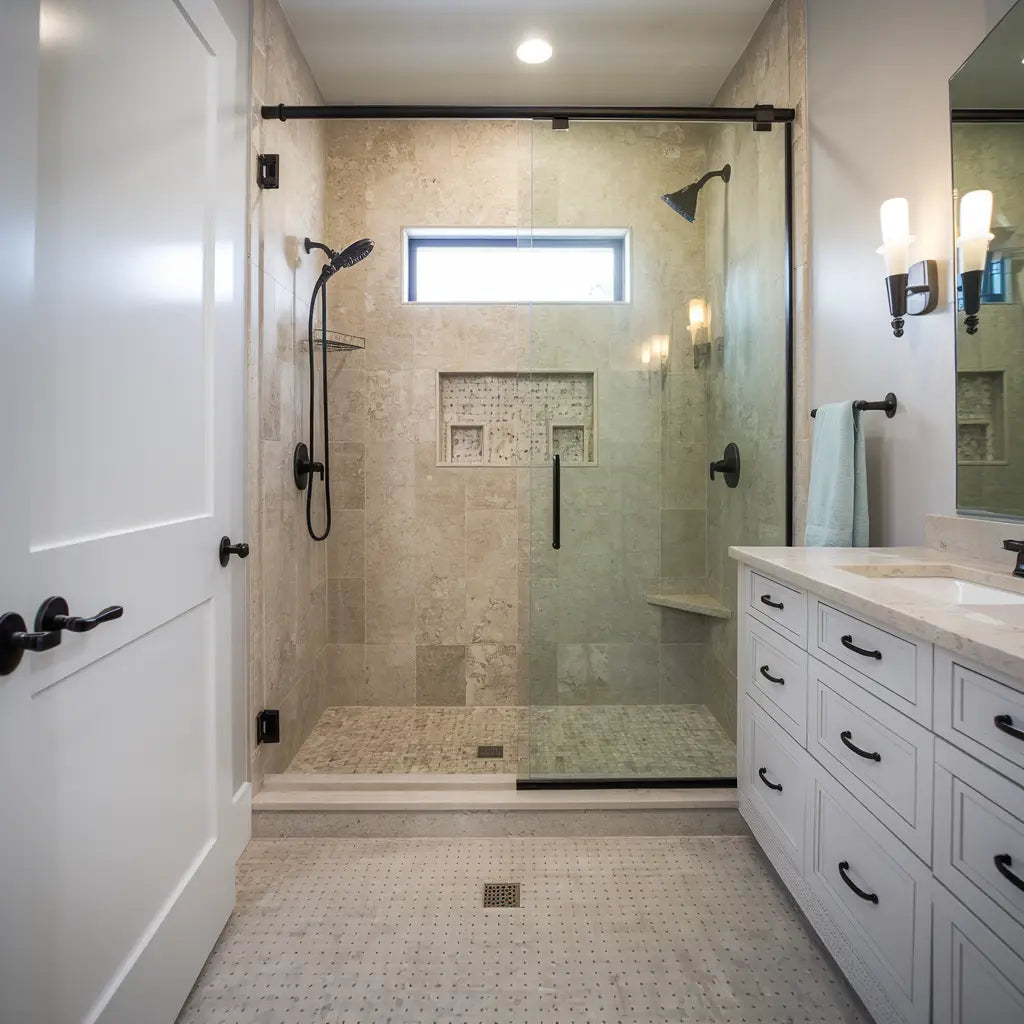 Marble Mosaic
Marble Mosaic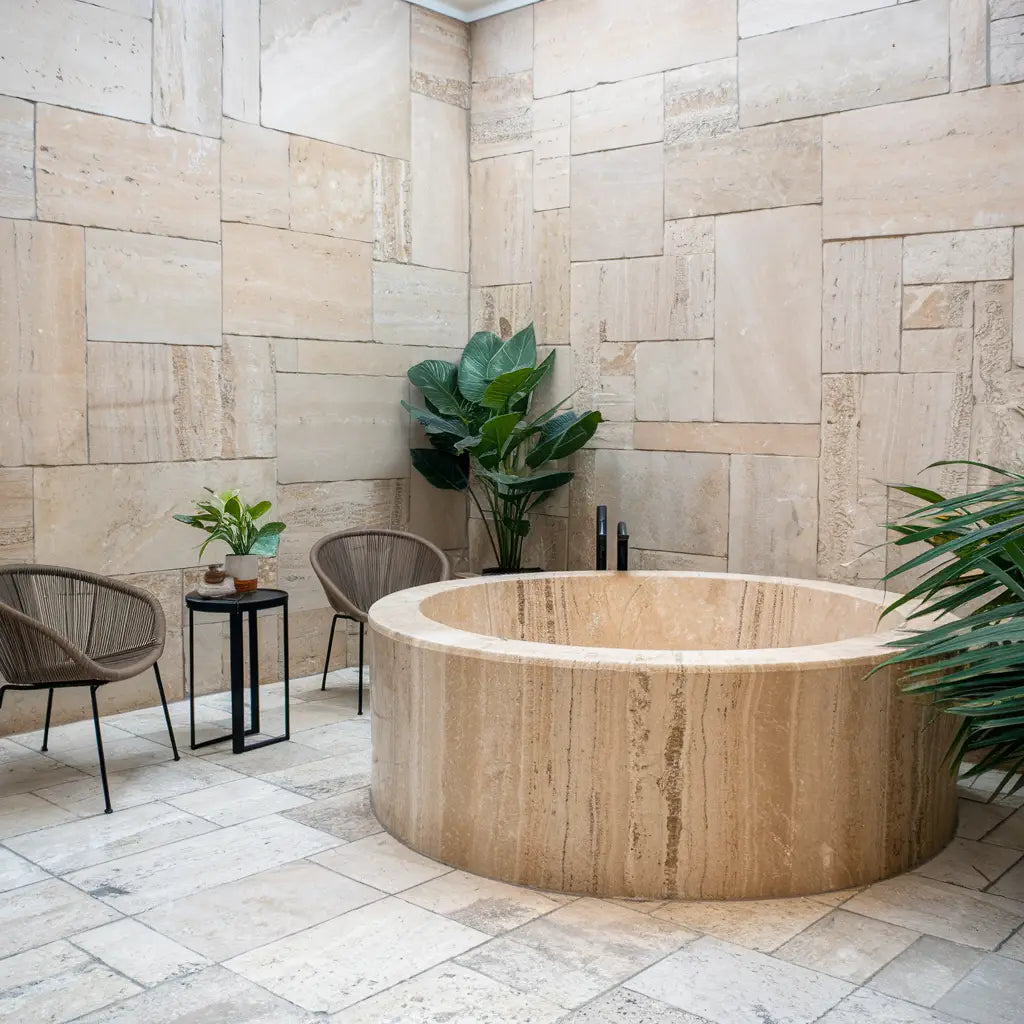 Travertine Tiles
Travertine Tiles Travertine Mosaic
Travertine Mosaic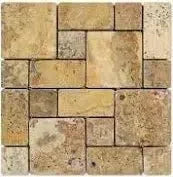 4 pcs Versailles Pattern / French Pattern Set
4 pcs Versailles Pattern / French Pattern Set Molding/Trim
Molding/Trim Border/Listello
Border/Listello Ledger-Panel
Ledger-Panel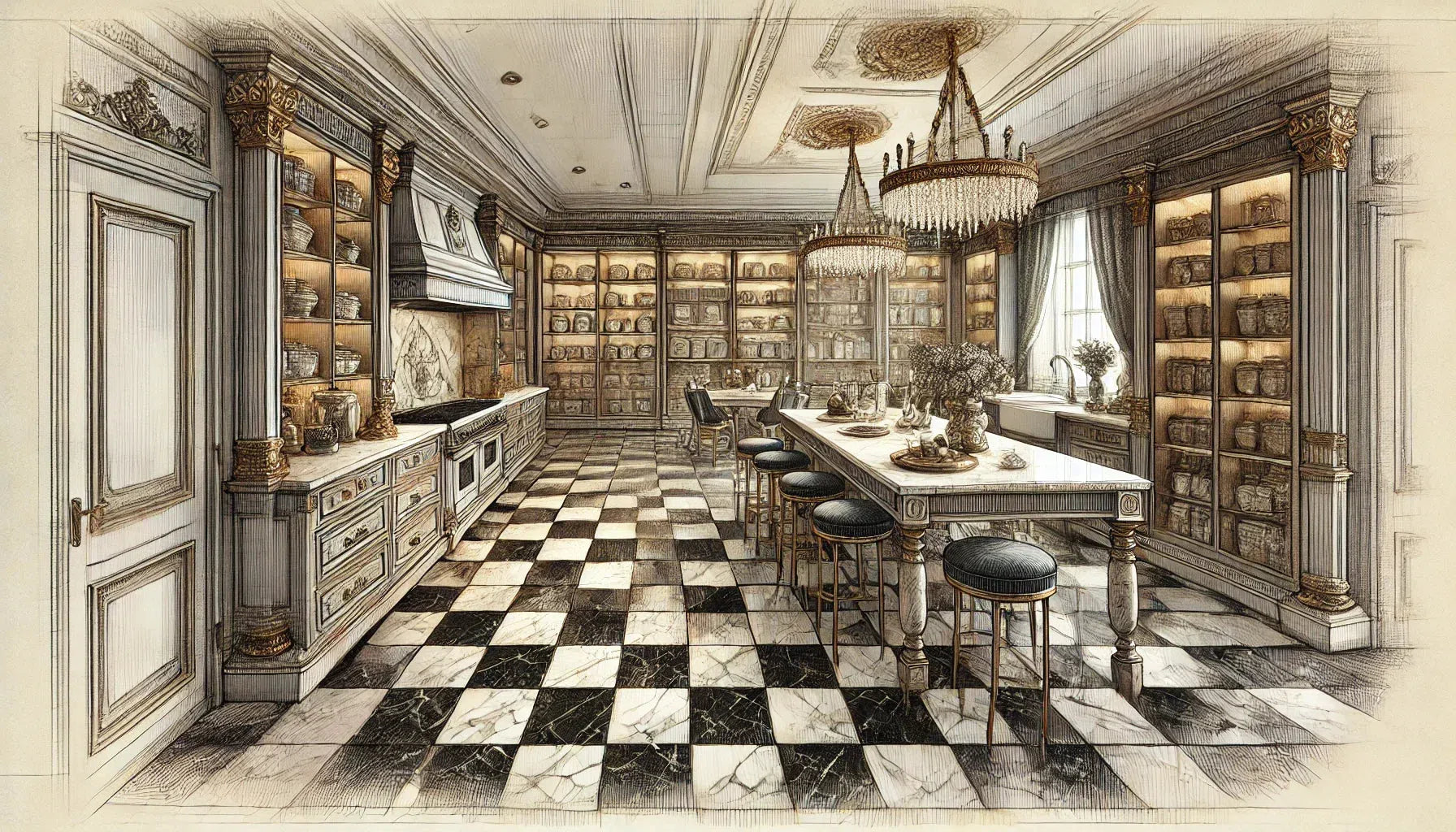 Checkerboard
Checkerboard Patterned Tile Collection
Patterned Tile Collection  Shop By Finish
Shop By Finish
 Polished
Polished Honed
Honed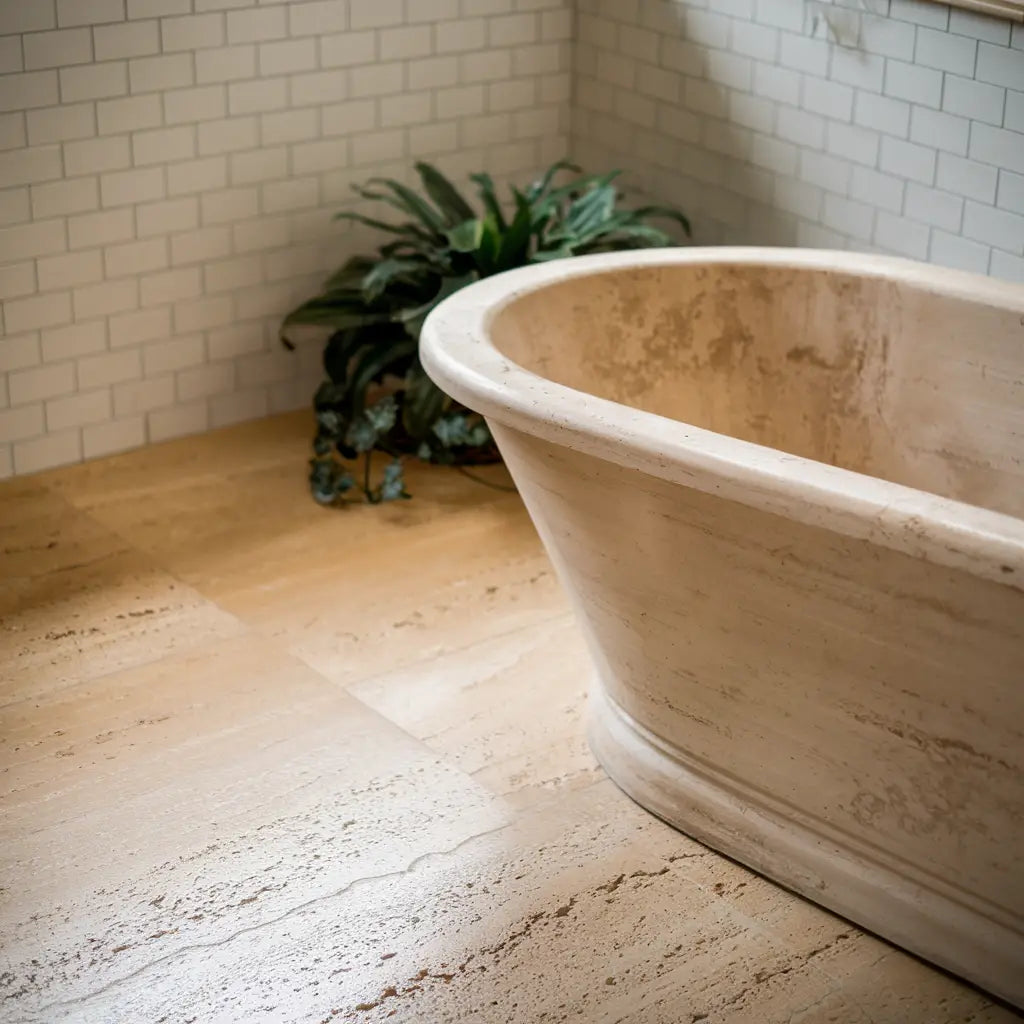 Brushed
Brushed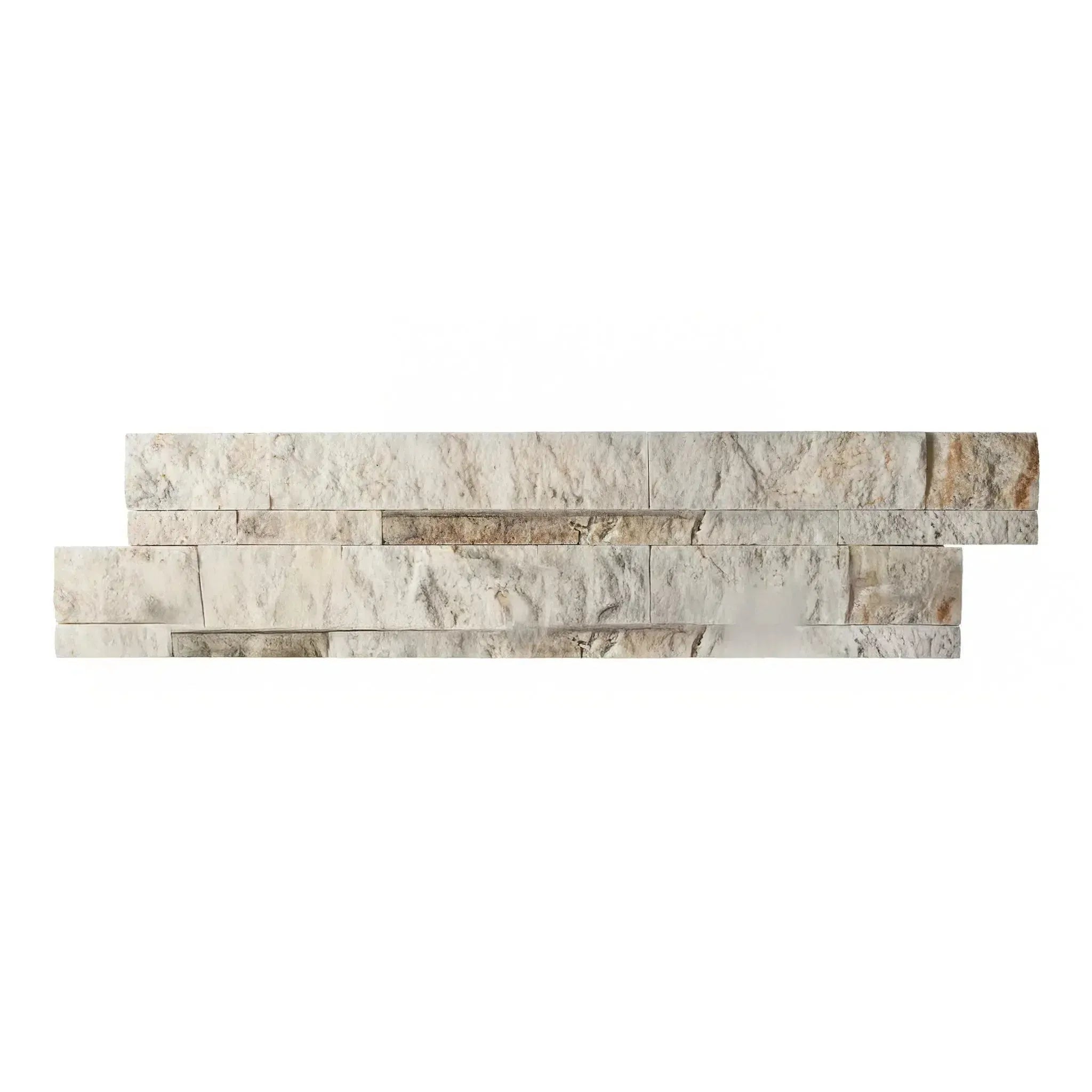 Split Face
Split Face Textured
Textured Tumbled
Tumbled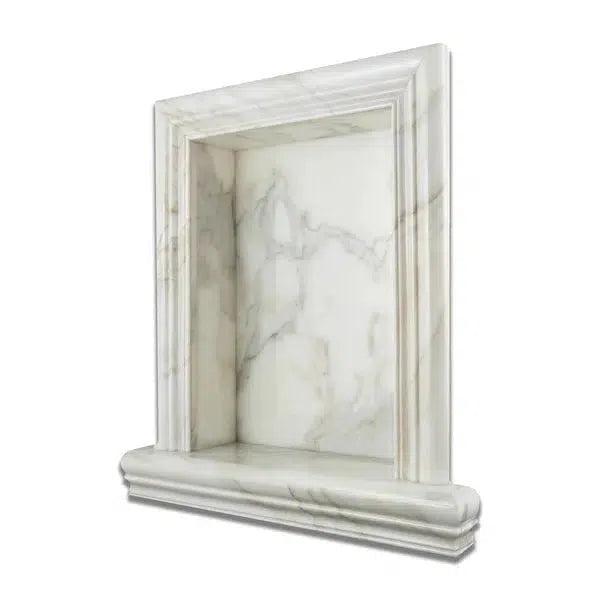 Accessories
Accessories
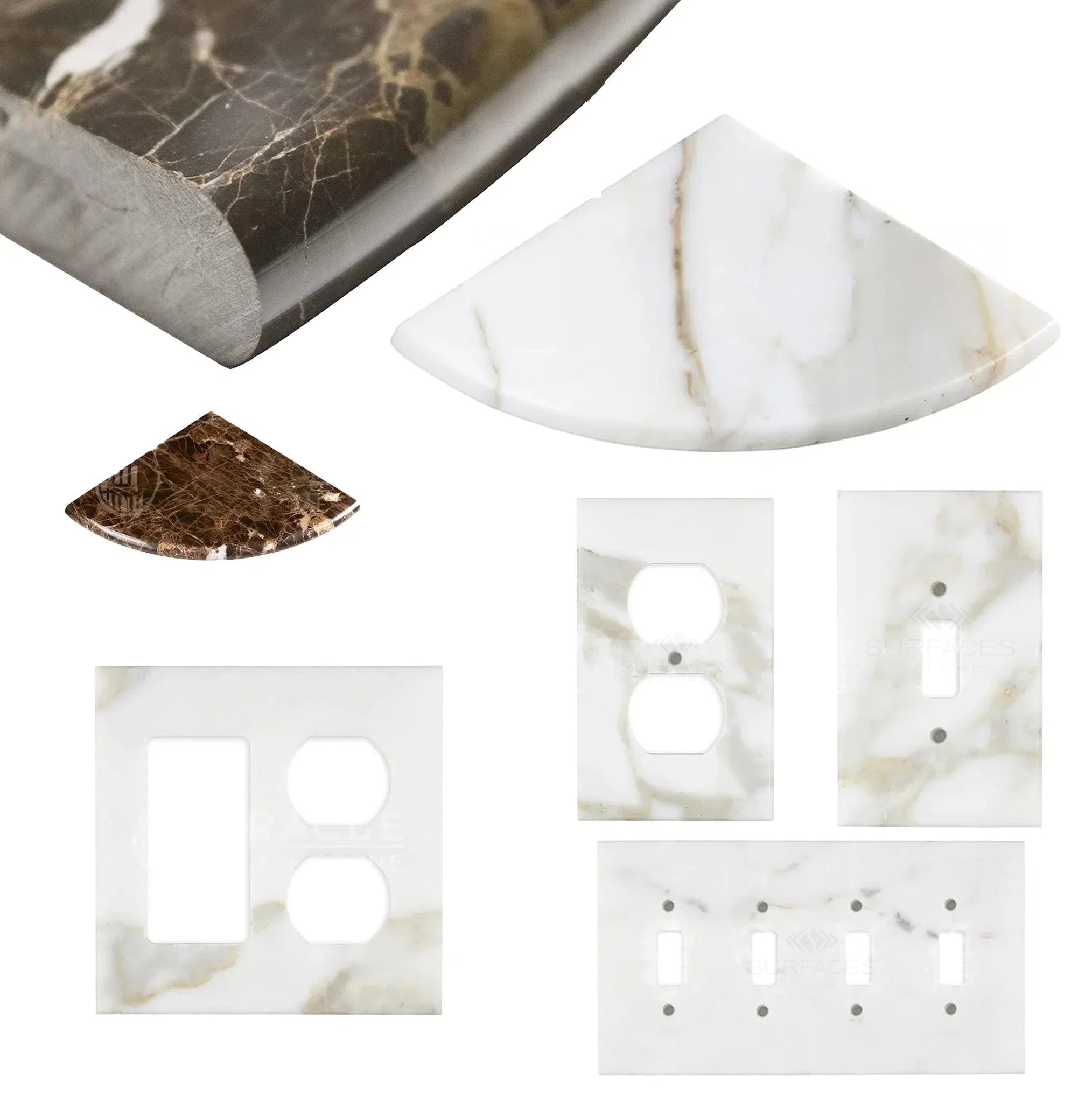 Wall Plate / Switch Plate
Wall Plate / Switch Plate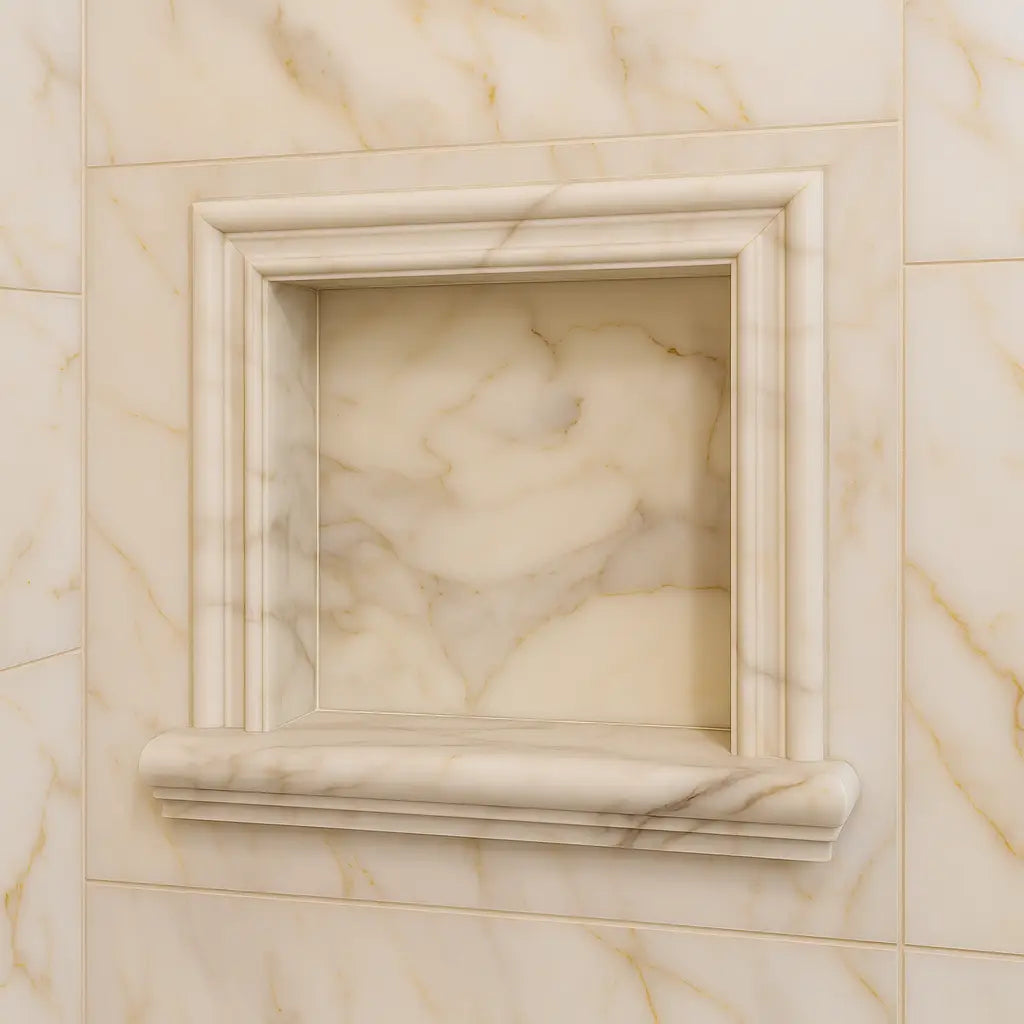 Shampoo Niche
Shampoo Niche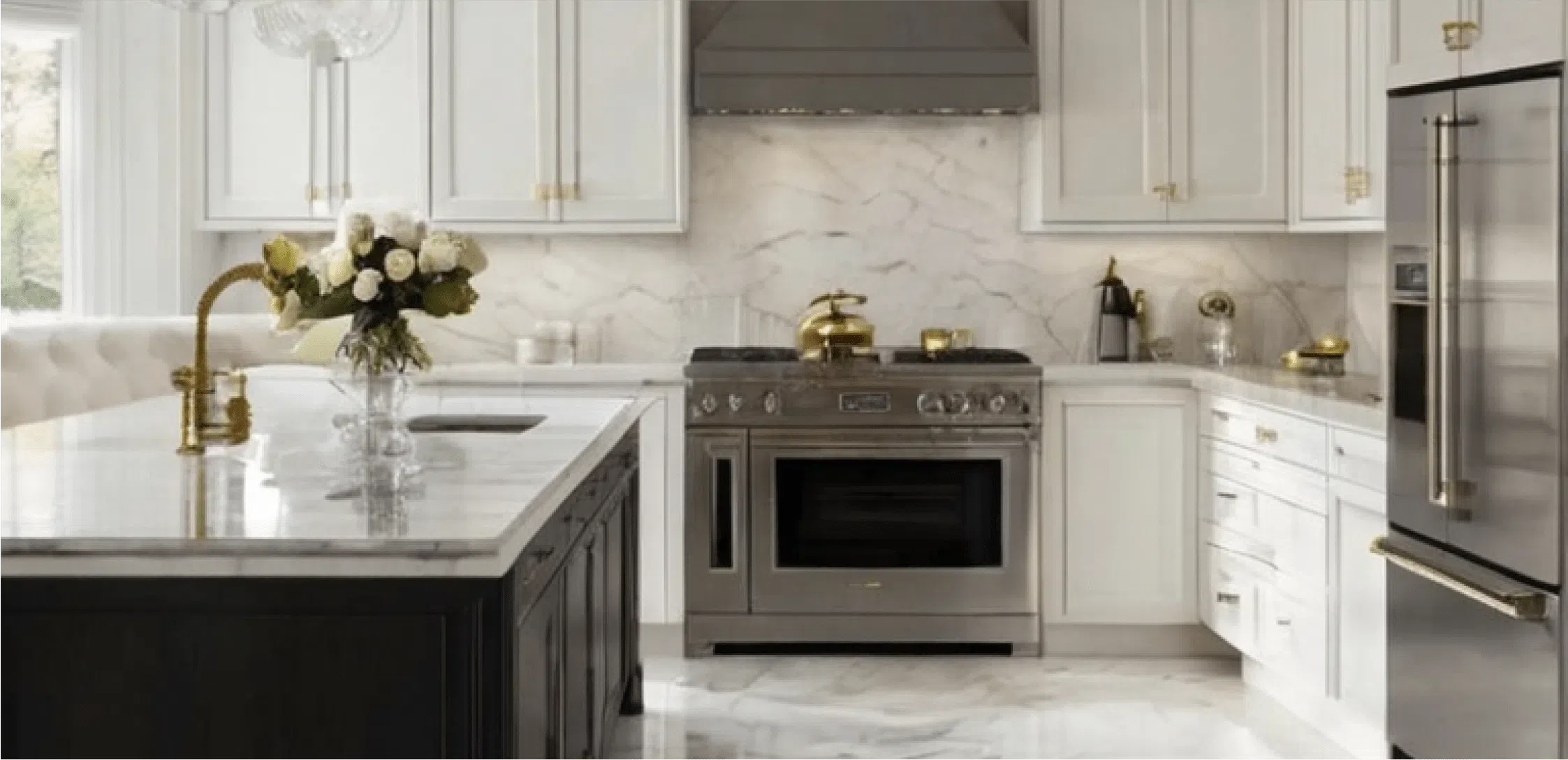 Corner Shelf
Corner Shelf Clearance
Clearance





Leave a comment